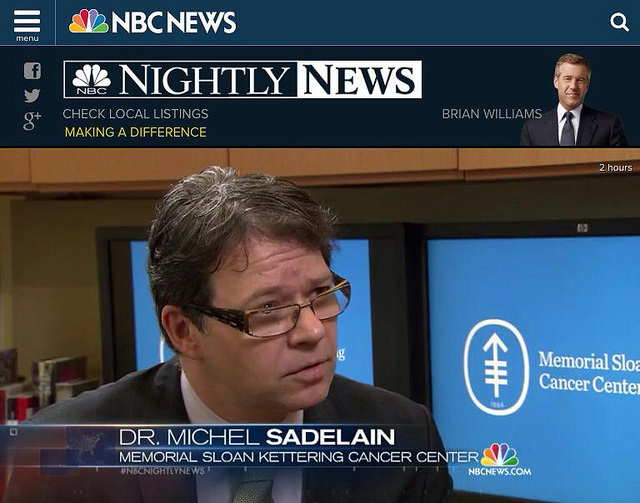Word on the street is that the FDA has fast-tracked further research into a possible cure for cancer: (h/t AoSHQ)
A bold experiment to kill a vicious form of brain cancer has been granted breakthrough status by the Food and Drug Administration. Results in the earliest stage of testing have been so remarkable, the FDA wants to fast track the treatment to speed it to market.
The therapy uses the polio virus to attack glioblastoma. “60 Minutes” has been following patients in the clinical trial for the last two years.
One of those patients was Stephanie Lipscomb. In 2011, Lipscomb was a 20-year-old nursing student with headaches. A doctor told her she had a glioblastoma tumor the size of a tennis ball and that she had months to live.
She had 98 percent of the tumor removed. Then in 2012, the doctors told her the cancer had come back.
With recurrent glioblastoma, there were no options except the one that had never been tried. Lipscomb became the first volunteer for Duke University’s experiment with the polio virus.
Researchers took some polio virus and modified it with a bit of cold virus so that it can’t invade and reproduce in healthy tissue, but it can still invade and reproduce in cancer cells. Infected cancer cells then show up on the immune system’s radar as foreign cells that need to be eliminated:
Stephanie Lipscomb’s tumor shrank for 21 months until it was gone. Three years after the infusion, something unimaginable had happened.
An MRI in August of 2014 showed no active cancer cells at all.
